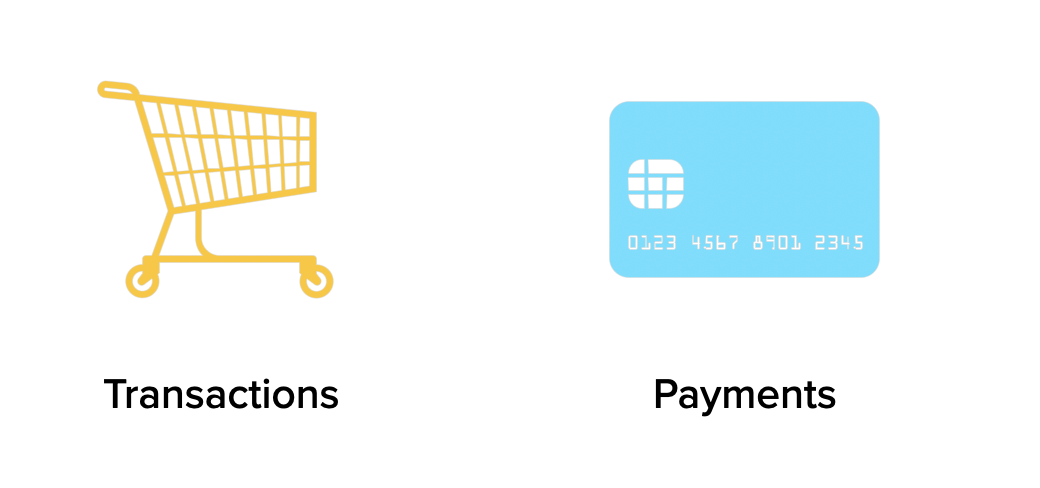|
10 key considerations for successful RPA-based transaction automation on websites Traditional RPA for transaction automation on websites
Traditional RPA bot platforms are powerful tools, however, if you are attempting to use them for transaction automation on websites you will need to address the following items in order to be successful at scale. 1. Process Engineering Successful automation starts with a clearly defined and touchless process. The process should be well-defined, with identified variables and a clear understanding of their impact on subsequent steps. If the process lacks predictability or organization, it may be necessary to narrow the scope of automation or further prepare the process before automation can be implemented. This eliminates the need for individual heroics and ensures a smoother automation journey. 2. Data Quality Accurate and reliable transaction automation relies on high-quality data. To ensure successful automation, it is crucial to maintain clean, structured, and accessible data that aligns with the website where automation will take place. This includes storing and organizing relevant information such as login credentials, payment details, and product or service specifications. For instance, if the website stores the SKU for an "iPhone 14 128GB Black" as separate fields with slightly different naming conventions, it is important for your data to reflect this format accurately. This alignment is necessary because automation does not involve human interpretation and relies solely on the provided data. Additionally, it is good practice to separate the data transformation layer from the automation steps to simplify maintenance. This way, you can distinguish between automation and data related issues if any failures occur. 3. Point-of-No-Return (PoNR) When automating transactions on websites, the stability and uptime of the website are beyond your control, making it unpredictable. In such cases, it often requires multiple attempts for an automation to complete successfully. Therefore, it is crucial to incorporate configurable reattempt logic to ensure scalable automation on websites. However, while implementing reattempt logic, it is essential to also prevent unintended transactions that could result in accidental orders or payments. To mitigate this risk, each transaction automation should include a Point-of-No-Return (PoNR) defined within the automation process. The PoNR specifies a specific step where reattempts should no longer be made. For common transactions like payments or product/service orders, the PoNR is typically set at the Submit button. This ensures that once the transaction reaches this point, further reattempts are avoided, minimizing the possibility of unintended actions. By incorporating a well-defined PoNR into your transaction automation process, you can strike a balance between successful reattempts and preventing unintentional transactions, ensuring the reliability and accuracy of your automation efforts. 4. Clearing Your Cart When automating transactions that involve ordering or modifying products or services, it is important to consider the session memorization behavior of the website where the automation will take place. For instance, many eCommerce websites store shopping carts from previous sessions but not from concurrent sessions. This means that if a user logs in manually or if another automation stopped before completing an order, there may be leftover items in the shopping cart associated with that data source. Furthermore, it's worth noting that when multiple automations are running concurrently, shopping carts typically do not automatically update each other. This characteristic can be leveraged to run automations concurrently, allowing for increased scalability. To ensure a smooth transaction process and avoid unexpected order placements, it is recommended to implement a step at the beginning of each transaction automation for product or service orders, where the shopping cart is cleared. This step helps eliminate any potential remnants from previous sessions or automations, providing a clean starting point for the automation. 5. Security and Compliance Make sure to select an automation tool that prioritizes security and compliance by adhering to frameworks such as PCI DSS and SOC2. Additionally, ensure that the chosen tool offers the flexibility to manage sensitive information like personally identifiable information (PII), financial data, or credentials by integrating with internal or third-party vaults such as AWS Secrets, Basis Theory or 1Password. 6. Build a Failure First Test your automation by incorporating deliberate failures, such as using test credit card numbers or intentionally leaving fields blank. This approach allows thorough testing without executing transactions during the process. 7. Handling Website Changes When automating on websites, it is crucial to be prepared for and effectively manage changes that frequently occur. Websites often have dynamic page layouts that can be influenced by alerts, advertisements, and pop-ups. The underlying structure of the website, represented by the Document Object Model (DOM), is constantly evolving, leading to changes in element tags and potentially inconsistent naming conventions. Additionally, the positions of items on a webpage may change over time, making reliance on XY coordinates inadequate for accurate targeting. To ensure stable and reliable website automation without overwhelming your resources, it is essential to utilize a solution that can automatically adapt to these changes. This solution should be capable of identifying and addressing modifications in the website's structure and layout. By doing so, it can efficiently surface only the relevant changes to human operators who then can exercise their judgment. 8. Bot Deterrents Take into account the bot-blocking measures deployed by Content Delivery Networks (CDNs) and other security mechanisms. These measures are activated when a website access pattern indicates the presence of a bot, such as excessive speed, frequent requests, concurrent access, usage of non-trusted IP addresses, headless browsers, and other factors. It is crucial to find a solution that can adapt to these constantly evolving bot deterrents enabling you to avoid them. 9. Captchas and MFA Websites often enforce CAPTCHA and/or multi-factor authentication (MFA). CAPTCHA has become increasingly complex, sometimes even invisible to humans. MFA steps, such as receiving OTPs via email, text, or authenticator apps, can be triggered unpredictably. To overcome these potential blockers, it is essential to find a solution that can effectively solve CAPTCHA, avoid MFA challenges, and adapt to the evolving nature of both. 10. Infrastructure and Scalability To scale your transaction automation, consider migrating to the cloud. Allocate DevOps resources for deploying, managing, and scaling your automation bots. Conduct thorough testing to ensure infrastructure compatibility and security, mitigating the risk of unintended transactions. Additionally, ensure that your automation solution offers APIs, enabling you to automate transaction management at scale. Why Weeldi Traditional RPA platforms require complex configuration and custom development for stable and scalable transaction automation on websites. In contrast, purpose-built solutions like Weeldi offer out-of-the-box solutions for these considerations and more, saving time and costs. With Weeldi, there is no need for extensive configuration or coding, making it a cost-effective choice for enterprise-ready website automation. Comments are closed.
|
WeeldiTransform a website into an API in seconds w/ no coding required. Archives
June 2024
Categories |




